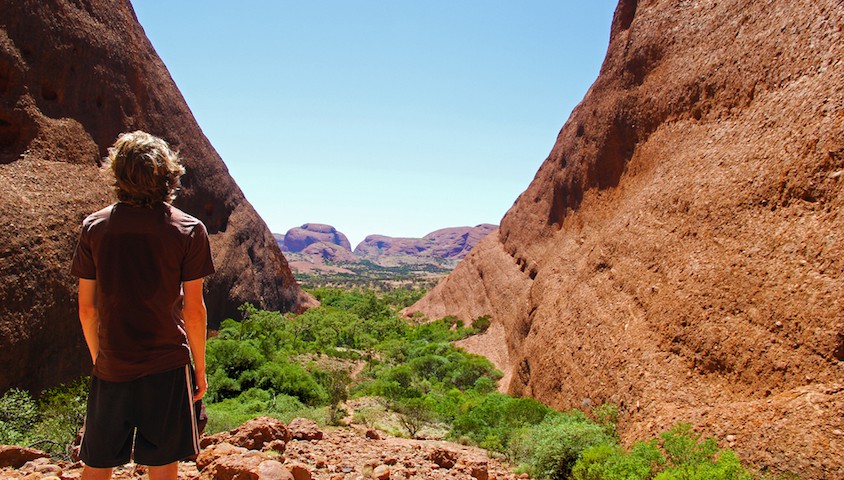You may not know it, but there are a set of standards for many of the commonly practiced outdoor adventure activities you might undertake in Australia.
The Adventure Activity Standards (AAS), according to the Outdoors Victoria website, ‘grew out of concerns within the outdoor recreation industry where commercial operators, non-commercial operators and individual government agencies have all expressed a need for documented standards’ as a means of ameliorating the risks involved in such activities.
Covering 18 activities in all, including bushwalking, paddlesports, rock climbing and snow sports, some previous AAS have been in effect since early 2001 and have been relevant for commercial operators.
Now, new Australian AAS are currently in development and due to be rolled out over the coming year, and issues have been raised from non-commercial groups regarding the implications the AAS may have for them, and clear answers have not been forthcoming.
Nominally, the mandate and framework for these standards is provided by the Federal Department of Education and Training, yet it falls to each state to develop specific standards and communicate the applicability to the wider community.
For the new Australian AAS, Outdoors Victoria has been awarded copyright as secretariat, and so it’s that organisation’s responsibility to develop and communicate the entirety of the new national standards.
The Australian AAS website states that ‘no distinction is being made as to whether this is a commercially led activity or not’, but rather reinforces the fact that the standards are aimed at any group providing ‘an outdoor adventure activity to a dependent participant’.
What that exactly means, and what the real ramifications are for those social groups not used to deciphering legalese, is unclear. Not even the Australian AAS website can say, apparently.
‘We are unable to provide any advice or guidance on the legal effects o the Australian AAS’.
The website also notes that there may well be impacts regarding insurance, with insurers potentially opting to ask for providers to use or prove their use relevant standards – which could mean greater costs in either accreditation or insurance for recreational groups.
Ultimately, it appears that a superficially positive concept – the notion of mitigating risk in outdoor adventure activities – could well end up making it more difficult for University clubs, bushwalking clubs and other community organisations to operate (in a legal environment that’s been increasingly more difficult to operate in regardless).
For the president of Bushwalking Victoria, Peter Campbell, the standards represent cause to be concerned that access to public lands may be lost if compliance becomes a requirement.
“The major concerns for recreational users and community groups are loss of access to public land if land managers require compliance with Australian AAS, increased insurance costs and increased legal liability relating to standards that are not appropriate for them.”
“Compliance with equivalent standards in New Zealand, the United Kingdom and Ireland is mandatory for and limited to commercial adventure activity providers, we believe that this should also be the case in Australia”.
For Outdoors Victoria, a group that’s sprung out of the outdoor education industry, there are only positives.
For anyone not seeking to make a buck out of outdoor recreation, there may well be trouble afoot.


